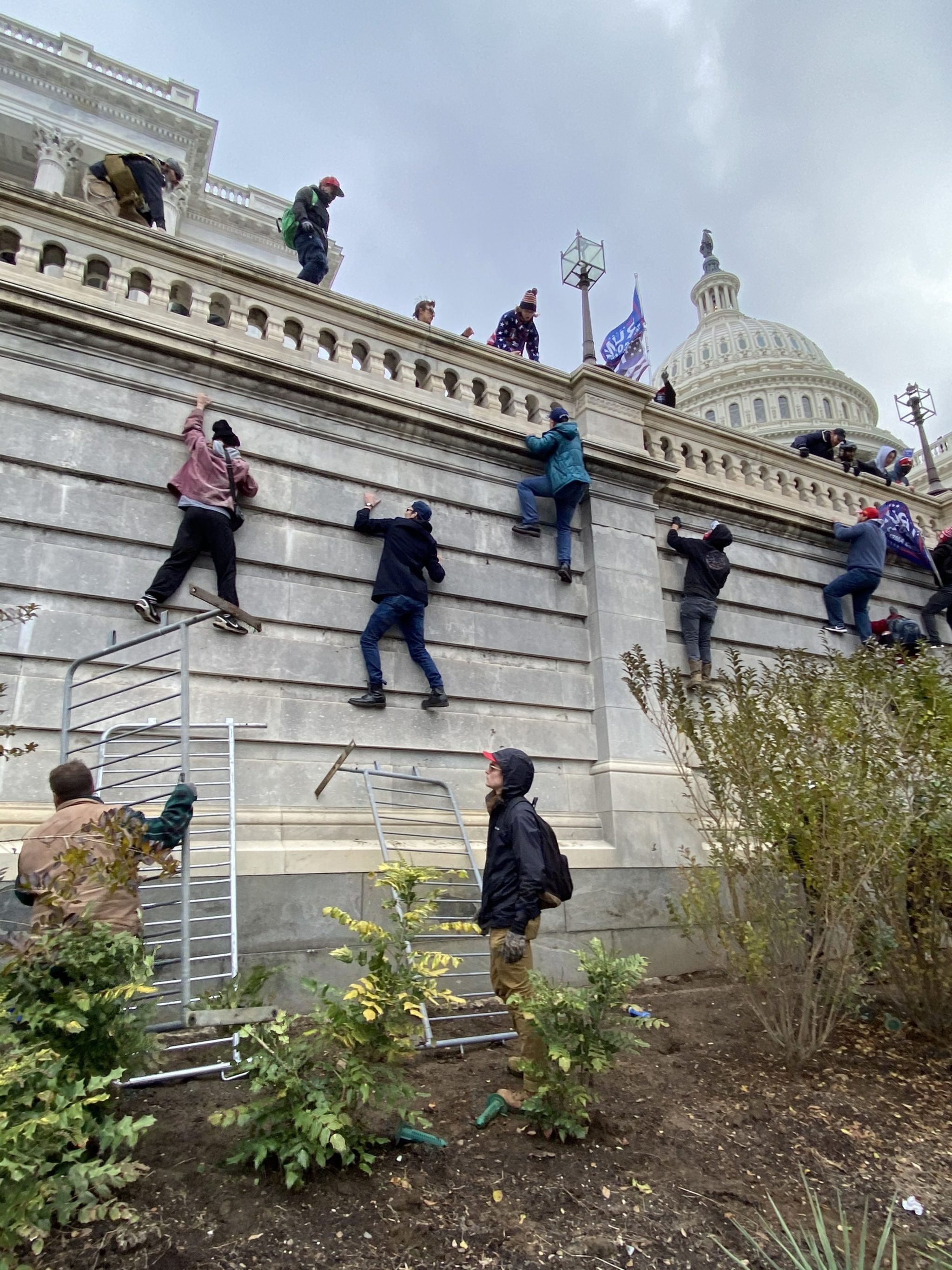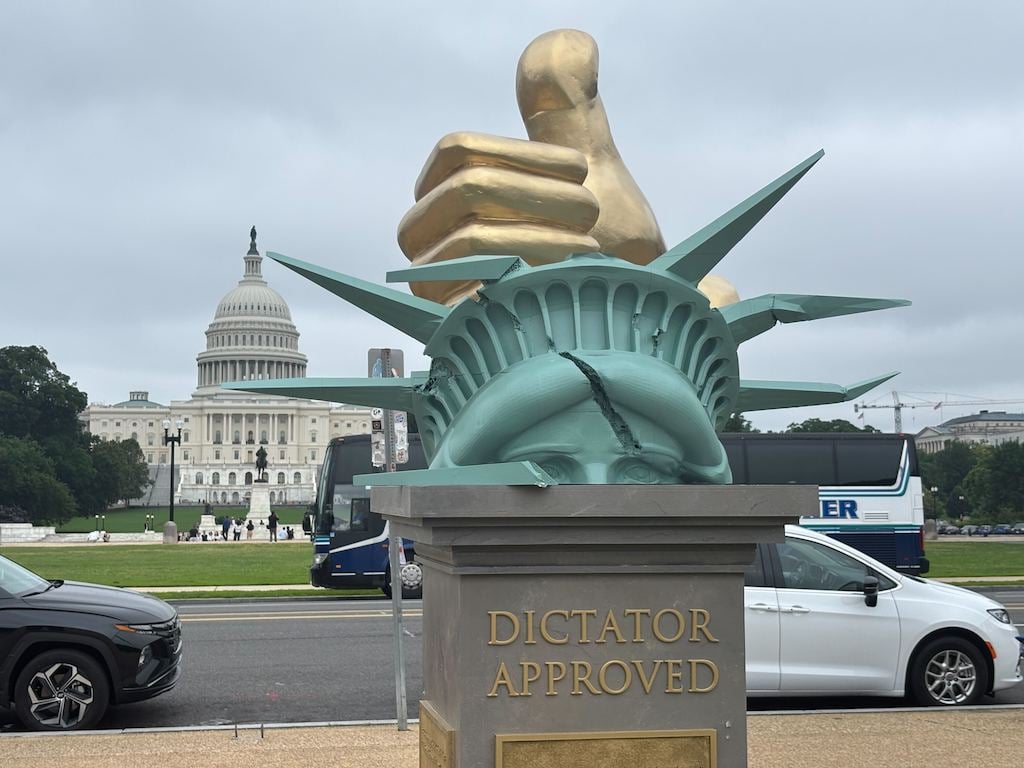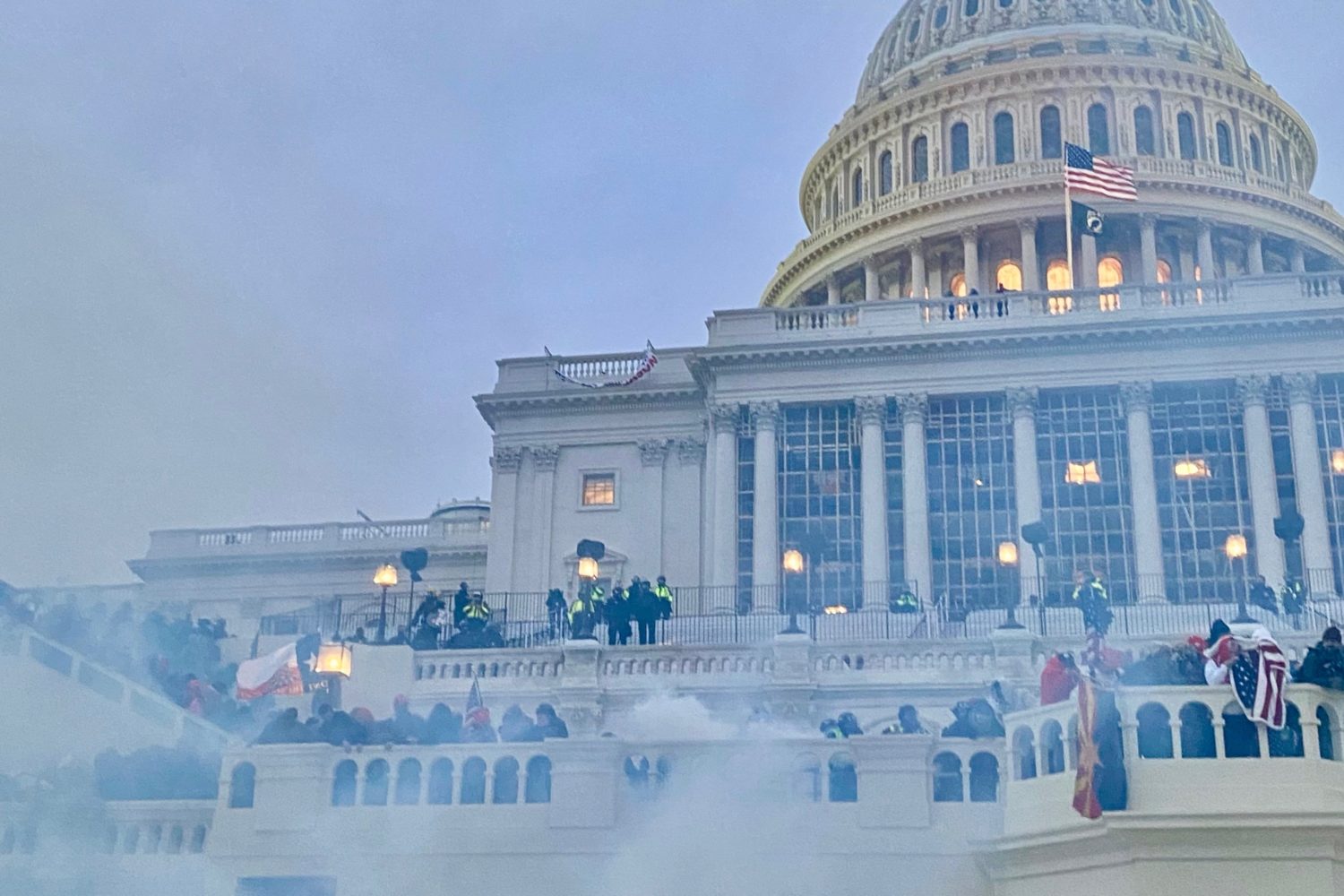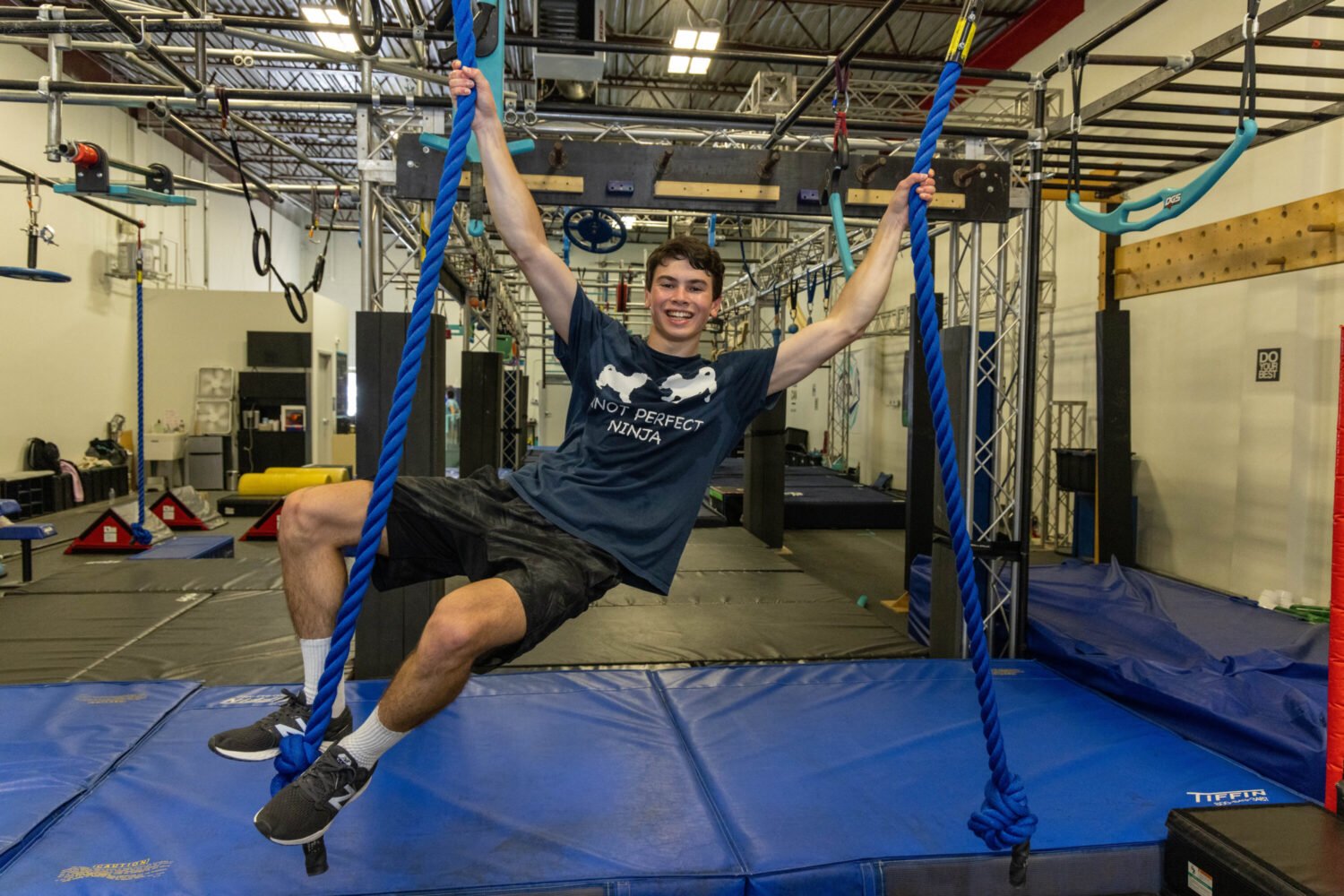A pair of Senate committees have released the findings of their bipartisan investigation into the attack on the Capitol on January 6. The new report—based on thousands of pages of documents, the statements of more than 50 Capitol Police Officers, and interviews with federal officials—offers some new insight into what went wrong. Here are a few key takeaways:
1. There’s little about Trump
One important aspect of the report is what’s missing from it: Donald Trump’s role. The investigators chose not to probe the factors that led to the insurrection, including the former president’s repeated false claims that the election was stolen from him by widespread fraud.
2. Capitol Police knew about the risk of violence
According to the report, intelligence officials within the Capitol Police department were aware of the possibility that things could turn violent on January 6 for days prior to the attack. “It received information from a variety of sources about threats of violence focused on the Joint Session and the Capitol Complex and the large crowds expected to gather in Washington, D.C. on January 6,” the investigators concluded. Yet the intelligence officials failed to make proper use of this information when assessing the security risks.
3. Capitol Police failed to share warnings with top officials
In addition, on January 5, Capitol Police intelligence officials obtained a warning from the FBI’s field office in Norfolk, Virginia, detailing the potential for violence at the Capitol. However, according to the report, this warning was never shared with the Capitol Police’s leadership.
4. The cops were not prepared
The report’s authors also conclude that the Capitol Police were simply not ready for the kind of violent mob attacked its officers faced on January 6. The Capitol Police “could not provide the Committees any documents showing where officers were located at the start of the attack and how that changed throughout the attack,” the report found. “[Capitol Police] leadership also failed to provide front-line officers with effective protective equipment or training.”
You can read the full report here.


![Luke 008[2]-1 - Washingtonian](https://www.washingtonian.com/wp-content/uploads/2017/10/Luke-0082-1-e1509126354184.jpg)

















